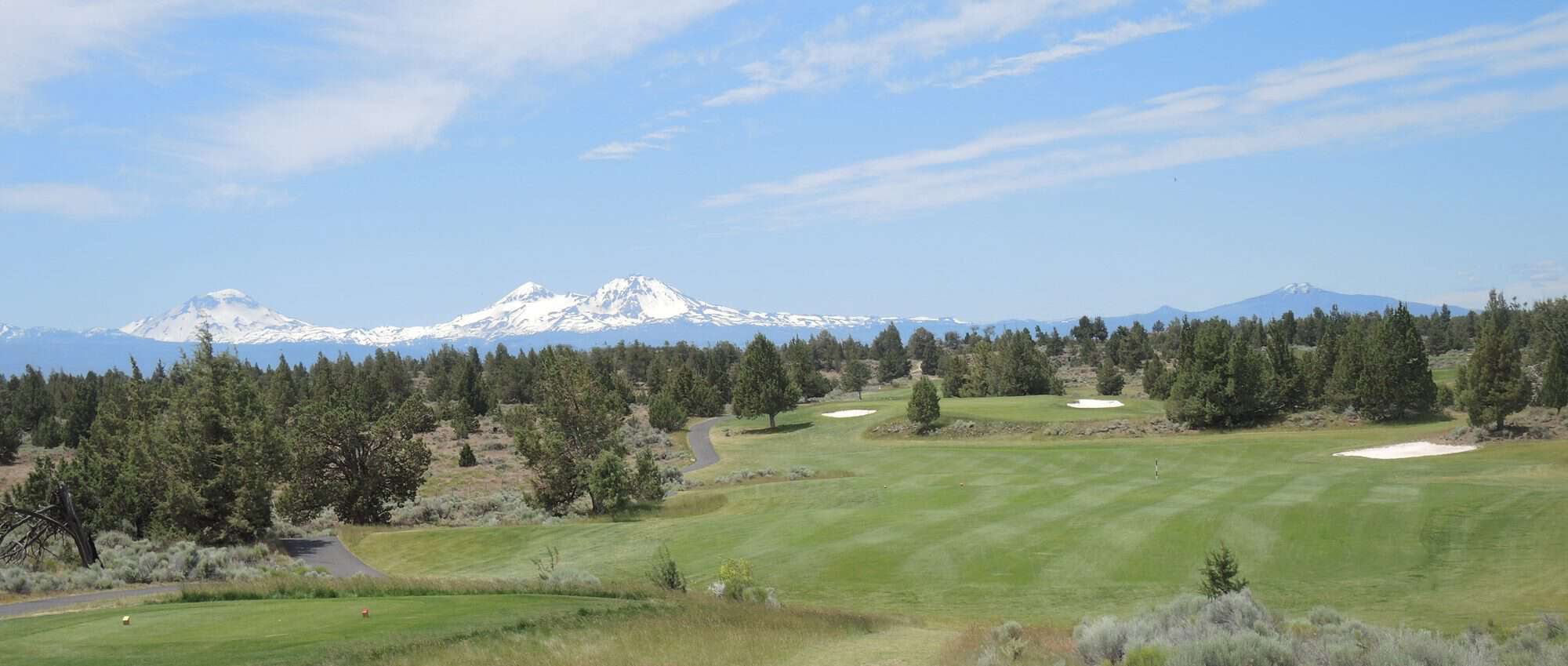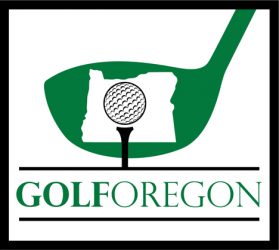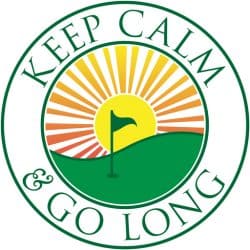On June 13, 1925, it was cooler than usual for Portland: a high of 65 with occasional showers. The big local story that day was the battleship USS Oregon docking next to the Burnside Bridge. On the same day, starting with a flag raising at 1pm, in the area that would become known as Raleigh Hills, there was a ceremony to open a new golf course. The slate of multiple speakers started with John A. Lang, president of the new golf club. Henry A. Sargent, then president of the Multnomah Amateur Athletic Club (now known as the Multnomah Athletic Club or MAC), had the honor of the first drive. Play on the new course was then commenced by an exhibition foursome of the best local golfers of the day: Rudie Wilhelm, Mel Smith, Dr. O.F. Willing, and John Junor. When it opened, the course was described by a visiting pro as the “show place of Pacific coast golf courses,” and “exquisitely bucolic” having an “innate woodland lure.” The new course was the Multnomah Golf Club (“MGC”).
The development of golf courses seems to go in cycles, the most recent of which was in the 1990s (think Pumpkin Ridge, The Reserve, Langdon Farms, and Quail Valley all built in that decade, all in the Portland Metro area). Inevitably, this leads to oversupply and a course or two having to close down. (I certainly do not wish that on any of the courses just listed.)
The 1920s was one such era. At the time MGC was proposed in 1924, there were about 260,000 people in Portland and several existing courses in or near the city: Waverley Country Club, Portland Golf Club, Eastmoreland Golf Course, Tualatin Country Club, Rose City Golf Club (9 holes at the time), and Glendoveer East Golf Course. In the planning stages or under construction in 1924 were Columbia-Edgewater Country Club, Alderwood Country Club, West Hills Golf Course (9 holes), Ruby Golf Course, Lake Oswego Country Club (now Oswego Lake Country Club), and Riverside Country Club. I wanted to take a look at the history of one of the courses built at the time that no longer existed. I randomly chose MGC, not knowing anything about it (actually thinking it was owned by Multnomah County).
The builder of the course was not the County, but the MAC, a leading athletic and social club of the day. With so many existing courses and courses being built, why was another needed? The MAC wanted its position and popularity to continue: “That August [of 1923], threatened with the erosion of its members to private golf clubs, MAAC began searching for its own golf course site.” McIvor, Kristyn, et al. Legacy of the Twenty-Six: A Celebration of the First 100 Years of the Multnomah Athletic Club. Multnomah Athletic Club (1991), p. 68. The MAC found a farm, the Charles Bacon Homestead, which at the time may have been part of the massive land holdings of Ladd and Reed Farm Company. The property was about 225 acres just off of Canyon Road, about 4.8 miles from downtown and the MAC’s headquarters. The proposed course was said to be closer to downtown than any other course existing or being built at the time other than the West Hills Golf Course (a 9-hole public course located where the Oregon Zoo is now). The property was described in The Oregonian as a “beautiful rolling tract, without hills or steep pitches,” with most of the acreage in pasture and the rest with tall fir trees.

The MAC originally looked at Willie Locke and Arthur Vernon Macan as possible designers. Mr. Macan was then one of the most prolific course designers in the Northwest (particularly in Washington) and was designing Alderwood at the time. The club, however, went with Mr. Locke who had designed several courses in the San Francisco Bay area. After Mr. Locke was hired by the MAC, he was quoted in The Oregonian as follows:
“The Multnomah site is the best I have seen in this section, and there are several natural spots on it which were intended for no other purpose than golf holes. No architect could even attempt to reproduce some of the natural advantages of the land.”
In discussing his design for the course, Mr. Locke stated that holes should require “a drive and a brassie shot to get home,” that no traps were necessary on fairways, that fairways should be narrow and greens should be “well trapped,” and that a course should never have a boundary fence on the right side of a fairway because ninety percent of golfers slice.
The golf club became a separate organization from the MAC, although initially you had to be a member of the MAC to be a member of the golf club. Membership was initially capped at 500 members (fifty memberships were reserved for women) with an initial initiation fee of $300 (or $275 in cash). When membership became open in early 1924, it quickly filled to its limit. The initial offering was so successful that the initiation fee was increased to $400, and the MAC considered increasing the membership limits and the number of holes to 27 or 36 (it did not).
By May 1924, the course routing was agreed to and Albert Erickson was hired as contractor. Boyd Bustard, an assistant pro at Waverley, was hired as the pro, and A.B. McAlpin, who had served as the president of the MAC, was hired as manager.

The course was difficult for its time. It opened at a narrow 6695 yards, par 71 for men and 78 for women. An initial description of the course was that the greens were “well trapped” and that several fairways “cut through heavy woods and large trees have been left standing on both sides of the fairway making a lane through which the player must keep the ball on a straight line for the flag.” The hardest hole was said to be the par-3 13th, which was 225 yards to a green “completely draped by deep traps and other hazards.”
The difficulty of the course was initially demonstrated by the exhibition foursome, none of whom was able to achieve par (Dr. Willing had a 72), and by the first members’ tournament where the lowest gross score was 88. In the club championship held in September 1925, the low score was 83. Noted The Oregonian about the member tournament: “Scores on the whole were bulky.” By 1927, the course was shortened to 6520 yards and became a par 72.

Soon after it opened, the club became very active in the Oregon golfing community. The club fielded no less than two (regular and senior) men’s teams and a women’s team. The men’s team quickly started playing against teams in Portland and from Astoria to La Grande, with an occasional trip to Seattle/Tacoma. In addition to multiple annual members’ tournaments, the course started hosting state-wide events such as the 1928 (and again in 1931 and 1935) Oregon Women’s Golf Association Championship, the 1929 Oregon Golf Association Boys and Girls Tournament, and the 1931 Oregon Amateur (both men’s and women’s). The course also hosted sectional qualifying for the 1932 U.S. Open.
When the course opened, the club used the former farm house as a clubhouse, but provided an addition that served as the men’ locker room. In April 1926, plans began for a new clubhouse. Morris H. Whitehouse, who had designed Civic Stadium and the clubhouses at Waverley and Lake Oswego, was selected as architect, and John D. Larsen was hired as contractor. Ground breaking occurred on May 7, 1926, and the clubhouse had its grand opening on October 8. The clubhouse was a bit rambling with multiple levels and low walls. It had locker rooms for both the men and women (the direct women’s entrance was through the caddy house). A large lounge looked out to a patio, the putting green, and “the whole sweep of the course.” When it opened, it was said to have a “cheery and hospitable atmosphere.” The new clubhouse quickly became a social center for the city, with dances, dinners, bridge tournaments, teas, reunions, business meetings, and weddings.
Some of the club members were notable golfers: Ann Chapman, 1932 Oregon Golf Association Girl’s Champion; Jean Plagemann, 1932 Oregon Women’s Golf Association Champion; and George Will, a star on the University of Oregon Golf team. Although not a member, Emery Zimmerman served as a caddy on the course and set the course record of 69 in 1928 when he was 17. He subsequently won the Pacific NW PGA Championships in 1946 and 1949, was the pro at Columbia-Edgewater and Riverside, the assistant pro at Alderwood, and was inducted into the Pacific NW PGA Golf Hall of Fame in 1984. His brother Al was the assistant pro at MGC and was also a very successful golfer, winning the Pacific NW Championship in 1940, 1941, and 1942, the Oregon Open in 1933 and 1942, and was the head pro at Alderwood when Emery came over. (When Al left MGC, Emery was hired as assistant pro there.)

Probably the most famous golfing member of the club was Eddie Hogan, who at the age of 20 and while a member of the club, won the 1930 Pacific NW Amateur. Mr. Hogan subsequently won the 1955 and 1957 Pacific NW PGA Championships and was inducted into the Pacific NW PGA Hall of Fame in 1981. From 1939 to 1968, he served as the pro at Riverside Country Club, where he was a major supporter of junior golf. So much so that the most important tournament in the west for junior golf teams is named after him: the Hogan Cup.
In addition to the new clubhouse, the course continued to make improvements. In early October 1929, the Northwest’s most famous golfer and golf architect of the time, H. Chandler Egan, inspected the course and drew-up recommendations for improvements, mostly around rebuilding the greens and adjoining bunkers. He was retained by the club to supervise the work.
The beginning of the Great Depression in late 1929 did not seem to immediately effect the course or its operations. The improvements recommended by Mr. Egan were completed, the course continued to host championships and member events, and the club’s teams continued to compete. The president of the club, Percy W. Lewis, stated in April 1930: “The financial fairways and golf course fairways of the Multnomah Golf Club are in excellent condition.” In August of 1930, The Oregonian reported that the course was in fine condition, with the greenest fairways in Oregon; “[the course] with its cool verdure in the heat of the summer preserves its woodland air. The shrubbery looks as verdant as it did in springtime.”
By February 1932, however, Mr. Lewis reported that although the club operated at a small profit and there was no additional member assessment, it was only “by pairing other operating expenses, salaries and flexible expenses, [that] the management was able to close an otherwise disastrous year with a profit. The membership held up remarkably well considering the adverse circumstances.” The club started to conduct annual membership drives, offering discounted memberships for new members (where lower pricing was provided to those who would not use the club facilities full time). In 1933, the club treasurer, J.G. Henkle, reported that the club was “in sound financial footing.” By late 1934, the discounted rates were offered to existing club members to keep them from leaving. But that was not enough.

In October 1935, a little more than ten years after it opened, the club announced that it was “consolidating with” Lake Oswego Country Club. Both organizations dissolved and Oswego Lake Country Club was formed, with members from both clubs using the Lake Oswego Country Club course and clubhouse. Mr. Bustard became the pro at OLCC, and Mr. Lewis served as interim president (with Frank C. Howell becoming the first president a few months later). The Oregonian reported that 125 members from the MGC became affiliated members at OLCC.
After the dissolution, the MGC clubhouse was initially leased to “Berg’s Chalet” who remodeled the venue into a lounge, dining room, and dance hall. In 1936, the clubhouse and surrounding acreage was sold to the Gabel Country Day School, who used grass from the 18th hole to build its athletic field. In 1957, the school merged with Catlin-Hillside School, initially becoming Portland Country Day (and subsequently Catlin Gable School). The clubhouse and surrounding acreage were then sold to Raleigh Hills School District in 1958. The clubhouse eventually served as a public library, but was torn down in 1978. In the area that was the clubhouse and surrounding grounds now sits the library, Raleigh Park Elementary School, and Raleigh Swim Center.
After the course closed, it was used for a variety of activities: archery-golf matches (different type of bow and different arrows are used for different “shots”); equestrian events hosted by the Portland Hunt Club; and high school cross-country races. The course was eventually subdivided and sold as subdivisions in 1937 and 1938.
Two interesting (at least to me) side golf stories about MGC. In April 1930, the club was one of the first clubs in the Northwest to provide wooden tees. Before then, golfers would form wet sand mounds and place the ball on top of the mound to drive the ball. And in late 1927, wanting to show that Portland was an “all-weather” golf destination, the club scheduled a tournament for January 2, 1928. After several days of bad weather, the event was cancelled because of “the lack of availability of snowshoes.”
Several courses that I have played in the past few years (such as Bay Breeze, Kah-Nee-Ta, Broadmoor, and Olalla) have closed. Each course has a history and, if given time, should be explored. In researching MGC, I not only learn about the course, but more about Oswego Lake CC, the great players of the 1920s (especially Eddie Hogan), the history of wooden tees, and the history of Catlin-Gable School.
The short-lived MGC may not have had a lasting presence on the Oregon golf world, but may have had a long-lasting effect on Greater Portland.
Submit your review | |


